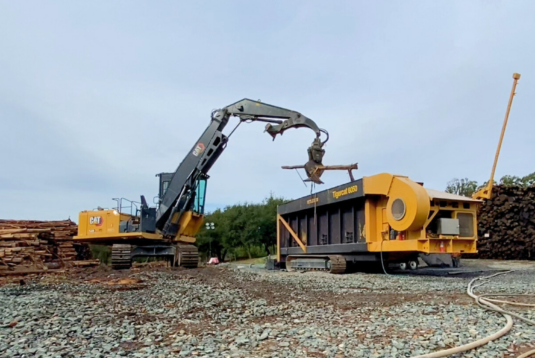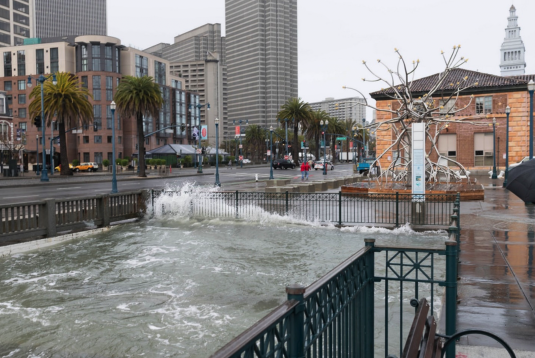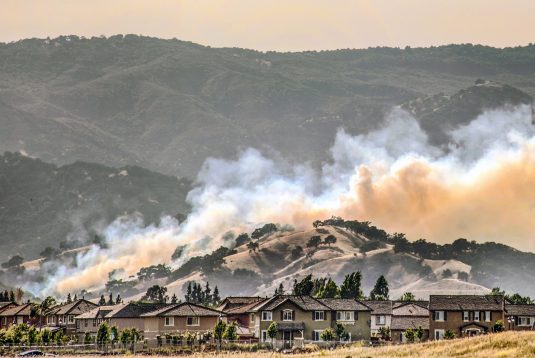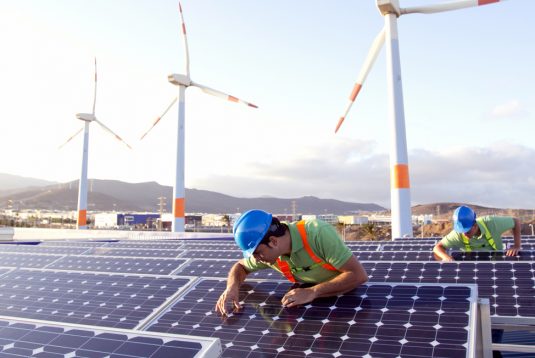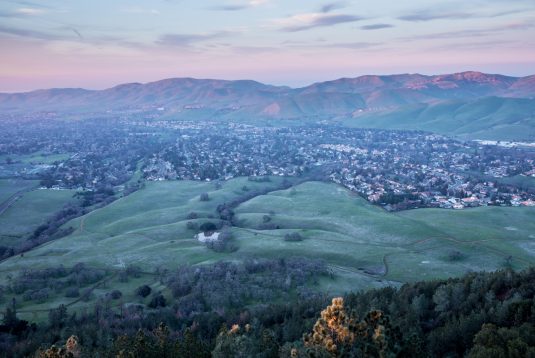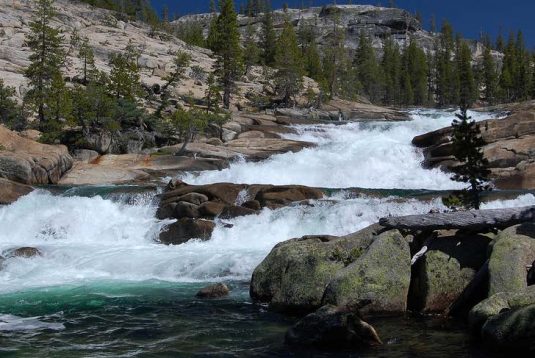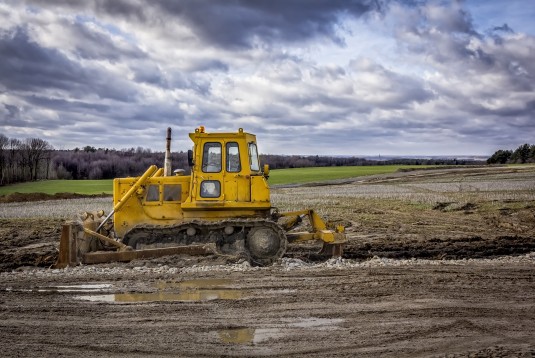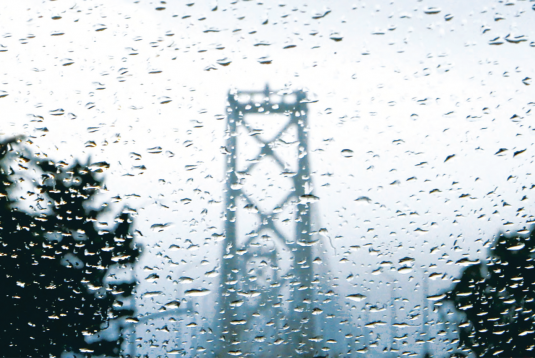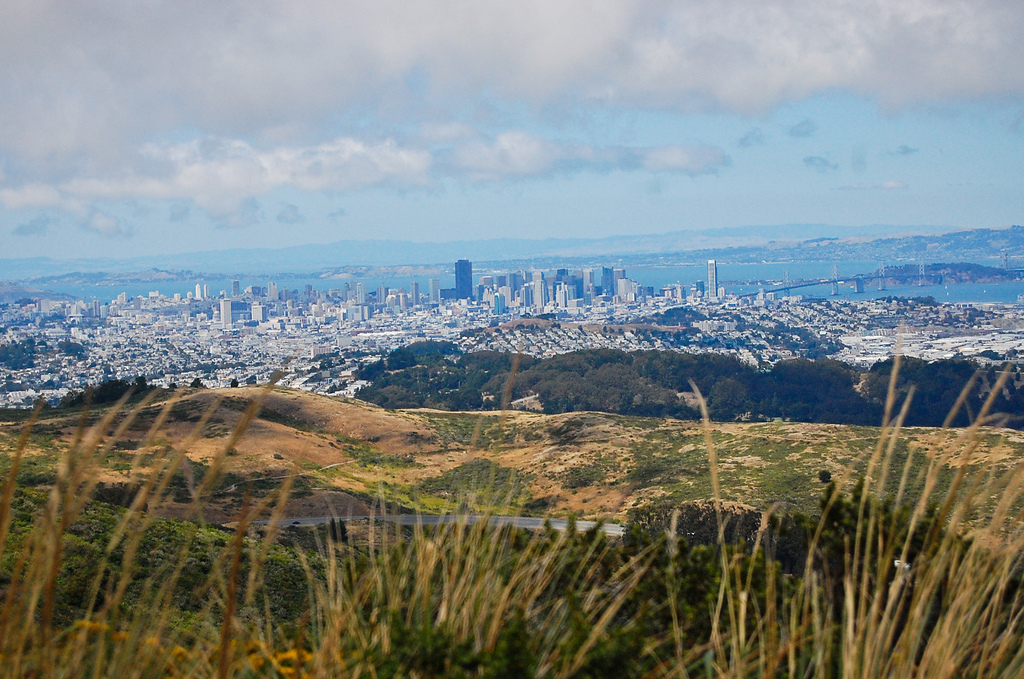
Bay Area decision makers face a critical challenge: to support continued inclusive economic growth while still maintaining and protecting the natural capital that has supported such a robust regional economy. Preserving open space, reducing sprawl, and housing future generatiions will require both new policies and tools as well as a renewed commitment to working together across interests and groups.
